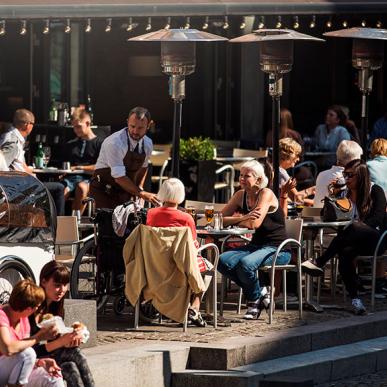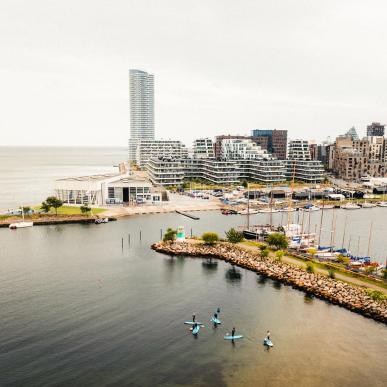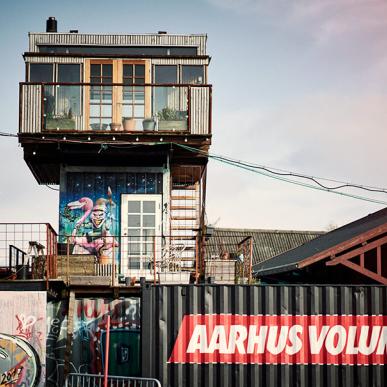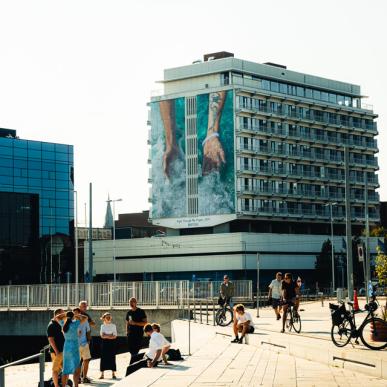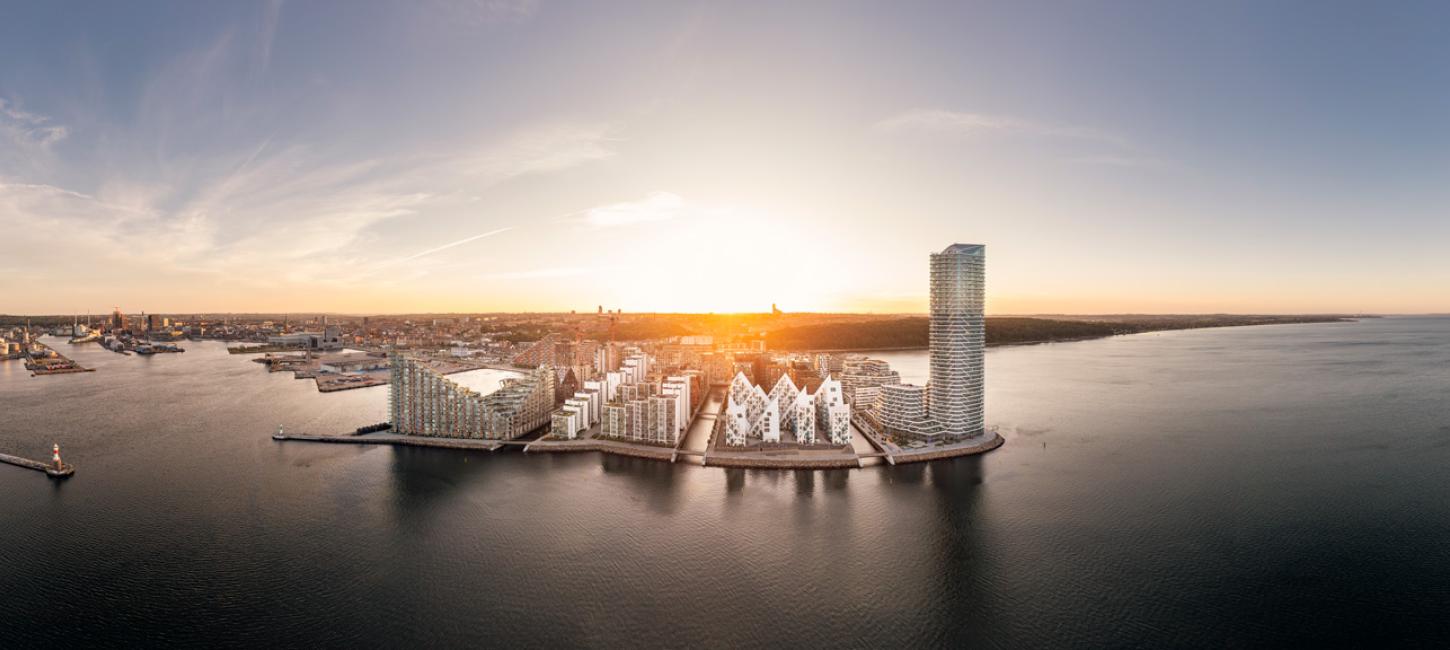
Aarhus - Denmark's second largest city
Aarhus is Denmark's second largest city and a vibrant waterfront metropolis where history, culture and innovation go hand in hand. Here, charming cobblestone streets and historic neighbourhoods merge with modern architecture and dynamic urban spaces - all within walking distance.
A vibrant cultural and university city
Aarhus offers a rare combination of city life and proximity, where guests will quickly feel at home.
Aarhus has a rich cultural heritage and a vibrant city life, supported by a young population and a strong educational profile. As home to Aarhus University and several international educational institutions, the city buzzes with energy and new ideas. The cultural landscape is diverse - from iconic museums such as ARoS Aarhus Art Museum, Den Gamle By and Moesgaard Museum to international festivals, gastronomic experiences and innovative performing arts.
Close to nature and experiences
The city's location by the bay and the surrounding forests, beaches and parks provide unique opportunities to combine city breaks with nature experiences. Aarhus is a city where you can enjoy a morning swim in the sea, go shopping in the charming Latin Quarter, and have dinner at a Michelin-starred restaurant - all in one day.
The history of Aarhus
The original city grew up around the mouth of the Aarhus Å river. Here the Vikings decided to settle because of the location's excellent potential as a harbour and trading position. The Danish word for "river mouth" was at that time "AROS", and this is the word from which "Aarhus" of today originates. During the Viking Age a cluster of houses along the river up to Immervad and down to the Mejlgade street constituted a small urban community encircled by an earthen rampart and a moat.
In 1201 the foundation stone for the Cathedral was laid, and the city started to expand outside the original area. During the Middle Ages until the Reformation in 1536, it was the urban life around the cathedral which was the central element of the town. After the Reformation the large merchants' houses gradually began to form the pivotal point for life and trade in the town, but it was not until the mid-nineteenth century that the actual expansion of Aarhus into the city we know today began to take place.
In 1847 a major expansion of the harbour was begun. This work was completed in 1861 which coincided with the opening of the first section of the railway line in Jutland between Aarhus and the town of Randers in 1862. Aarhus thus became an important centre for goods and transport, thereby forming the basis for the development of the city into Denmark's second-largest city with the country's second-largest harbour.
Today Aarhus has a population of more than 350,000 inhabitants, a very active business community, a vibrant educational environment consisting of a number of different institutions of higher education, including the University of Aarhus, which means that there are many young people contributing to the life and vibrancy in the city and its continued growth.
From the original Viking settlement Aarhus has today become a modern, vibrant city which offers visitors the chance to experience its glorious past as well as the throbbing pulse beat and pace of the present.

